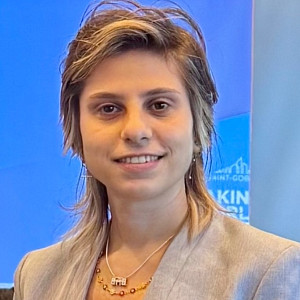From 1:1 to 1:1000 : (Re)-generating New Spatial Model in underdeveloped urban settlements, the Case of Shuto Orizari, Skopje
Bojana Vukovojac
student
AFS - Saints Cyril and Methodius University of Skopje, Faculty of Architecture
Macedonia
Urban Design and Landscape
The 21st century is characterized by rapid intellectual, technological, and economic development, which causes the continuous emergence of new social and… more

Rim Zougheib
advisor
Lebanese University - Faculty of Fine Arts and Architecture
Lebanese
Architect, urban designer, developer, professor, and researcher. Head of the Architecture… more
The master plan communicates a thoughtful blend of nature, history, and community. The zoning is diverse and well-distributed.
Simplify text blocks, enhance path visibility, and consider adding activity icons or color coding to clarify functions at a glance.
03.07.2025


